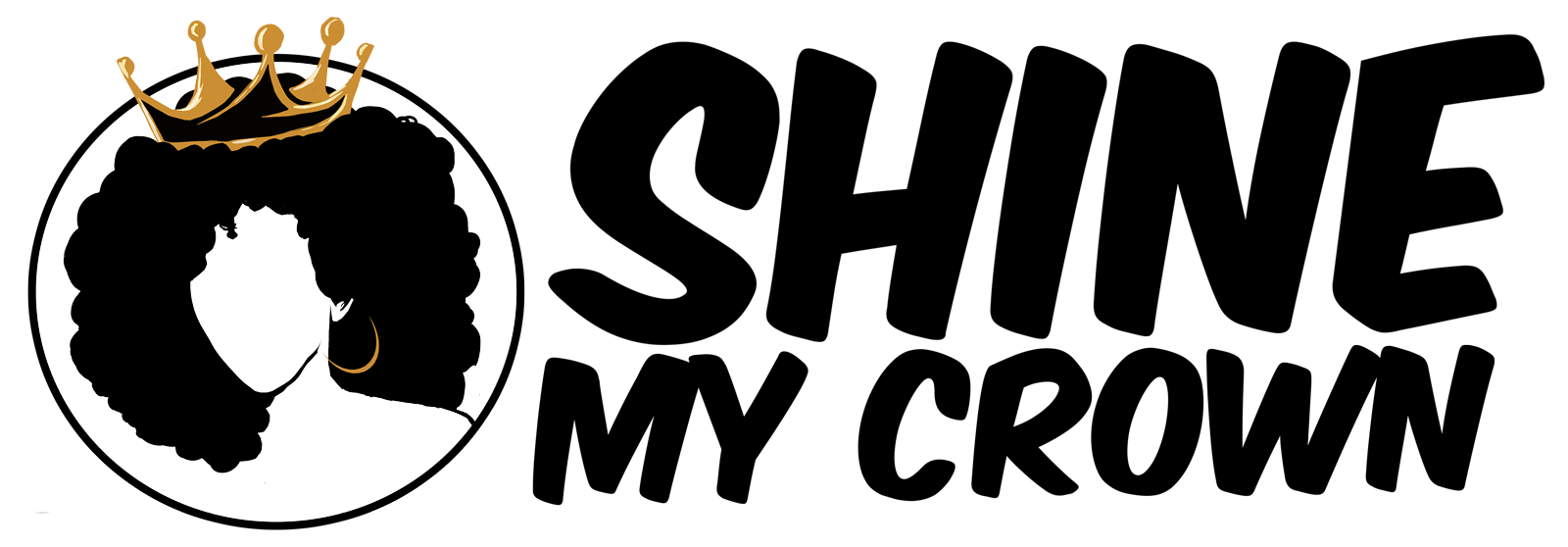Low porosity hair is a unique hair type that requires special care and attention to maximize its health and beauty. If you have low porosity hair, understanding its characteristics and implementing the right techniques can help you unlock its full potential. In this article, we delve into the world of low porosity hair, exploring its traits, challenges, and effective strategies for nurturing and enhancing your strands. Get ready to embrace your beautiful low porosity hair and discover the secrets to maintaining its vibrancy and vitality.
Understanding Low Porosity Hair:
Low porosity hair refers to hair strands that have tightly closed cuticles, making it challenging for moisture and other products to penetrate the hair shaft. This hair type tends to repel water, leading to slower drying times and a propensity for product buildup. Low porosity hair can be genetic or the result of environmental factors, such as heat or chemical damage.
Characteristics of Low Porosity Hair:
- Water Repellence: Low porosity hair resists absorbing water, causing water to bead up on the surface rather than being absorbed.
- Slow Drying: Due to the closed cuticles, low porosity hair takes longer to dry, making it prone to retaining moisture and feeling heavy or damp for extended periods.
- Product Buildup: The tightly closed cuticles make it difficult for products to penetrate the hair shaft, resulting in product buildup if not properly managed.
Nurturing Low Porosity Hair:
- Gentle Cleansing: Use sulfate-free shampoos and clarify the hair occasionally to remove product buildup. Avoid using heavy, oil-based or protein-rich products that may weigh down your hair.
- Pre-Poo Treatment: Before shampooing, apply a lightweight oil or conditioner to your hair and let it sit for a few minutes to help open the cuticles and prepare the hair for effective cleansing.
- Warm Water Rinse: Use warm water during rinsing to help open the cuticles slightly and allow moisture to penetrate the hair shaft.
- Deep Conditioning: Opt for deep conditioners with moisturizing ingredients such as aloe vera, glycerin, and humectants. Use heat or steam during the conditioning process to help the product penetrate the hair strands.
- Lightweight Leave-In Products: Choose lightweight leave-in conditioners, moisturizers, and stylers that won’t weigh down your hair. Look for water-based formulas that can effectively moisturize your strands without causing buildup.
- Avoid Heavy Oils and Butters: Opt for lighter oils such as argan, grapeseed, or jojoba, and avoid heavy butters or greasy products that may sit on the hair and create buildup.
- Warm Oil Treatments: Use warm oil treatments occasionally to provide deep moisture to your low porosity hair. Apply a lightweight oil, such as coconut or olive oil, to your strands, cover with a shower cap, and apply heat for better penetration.
Low porosity hair requires specific care techniques to ensure its health and beauty. By understanding the unique characteristics of low porosity hair and implementing strategies such as gentle cleansing, deep conditioning, and using lightweight products, you can effectively nurture and enhance your strands. Embrace your beautiful low porosity hair and experiment with different methods to find what works best for you. With the right care and attention, your low porosity hair will thrive, radiating vitality and beauty for all to admire.
